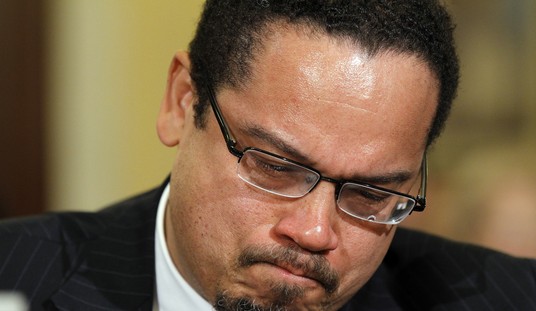Do I hate to say, “I told you so“? Er … not really:
Building tracks for the first section of California’s proposed high-speed rail line will cost $2.9 billion to $6.8 billion more than originally estimated, raising questions about the affordability of the nation’s most ambitious rail project at a time when its planning and finances are under fire.
A 2009 business plan developed for the California High-Speed Authority, the entity overseeing the project, estimated costs at about $7.1 billion for the equivalent stretch of tracks. Officials say those estimates were made before detailed engineering work and feedback from communities along the proposed route.
The latest estimates are contained in two environmental impact studies that were shared with The Associated Press before their public release on Tuesday.
In May, I explained in my column at The Week that the first section in question connects two population centers that don’t have much population at all:
Thanks to rules attached to federal subsidies in President Obama’s stimulus package, California has to break ground on the project by next year. That has forced the state to focus much of its $3.5 billion on an effort to connect the bustling metropolises of… Borden and Corcoran. The latter is a town of fewer than 25,000 people located 174 miles north of Los Angeles, while Borden, 167 miles south of San Francisco, is an unincorporated area that doesn’t even have a population listing. Its county, Madera, boasts a population of 148,000, making it 33rd out of 58 counties in California in population.
Taxpayers throughout the country therefore paid more than $3 billion to connect fewer than 175,000 people by rail. That may not be a “train to nowhere,” as the Times‘ editors put it, but it’s pretty darned close. Moreover, thanks to California’s own budget meltdowns, the state won’t allow any bond issues for rail projects that don’t generate enough revenue to pay for themselves — and with the fabulous destinations of Borden and Corcoran as end points, the state won’t sell enough tickets to have the engines pulling out of the station.
The AP confirms that this is the section where costs appear to have almost doubled in the past three months:
Construction of the first stretch of tracks – as much as 140 miles from south of Merced to just north of Bakersfield – is scheduled to begin by September 2012 using $3.5 billion in federal money and an estimated $2.8 billion from the sale of state bonds approved by voters.
The higher cost estimates already have been factored into the federally funded construction, van Ark said.
As a native Californian and a long-time resident of the state (over 30 years), I can confirm that the populations around Merced and Bakersfield would dearly love to go somewhere else … but not switch places. Now it appears that the original, ridiculous estimated cost to connect two points in relative Nowhereland have either doubled or tripled since the Obama administration funded the project.
Let’s put this in perspective. The higher-end estimate of just the cost overruns is more than twice the cost of Cash for Clunkers. It’s also about one-sixth of the entire reduction to the FY2011 budget forced by Republicans in April after a long showdown with Democrats. The California high-speed rail is not a train to nowhere — it’s an express to bankruptcy, especially if the project continues past this sideline spur.








Join the conversation as a VIP Member